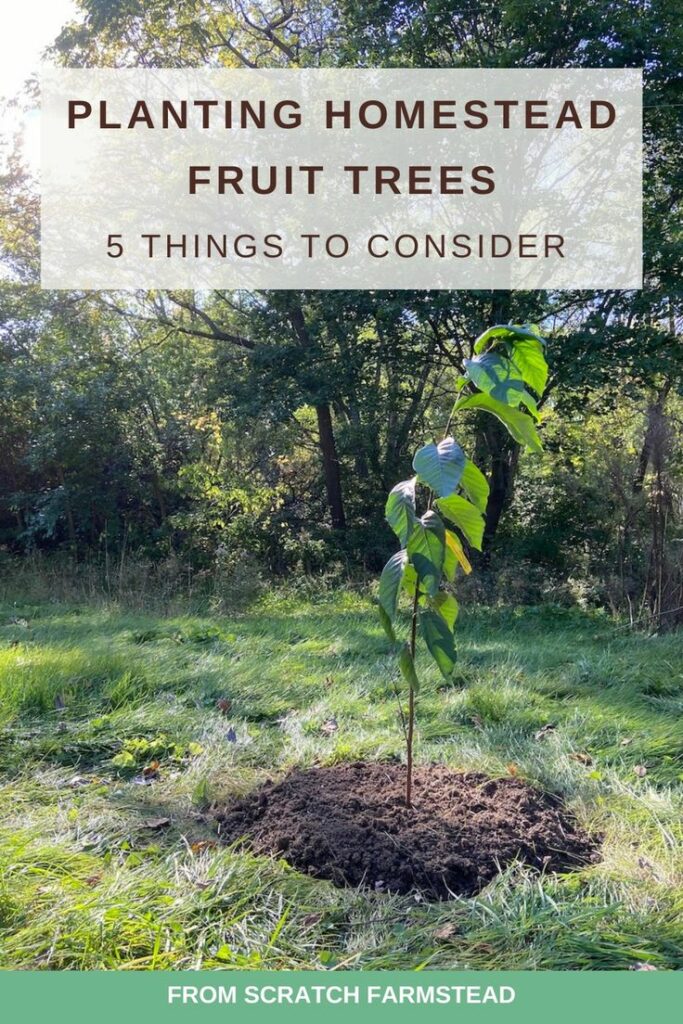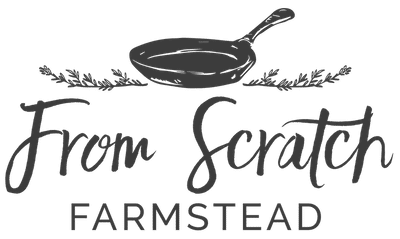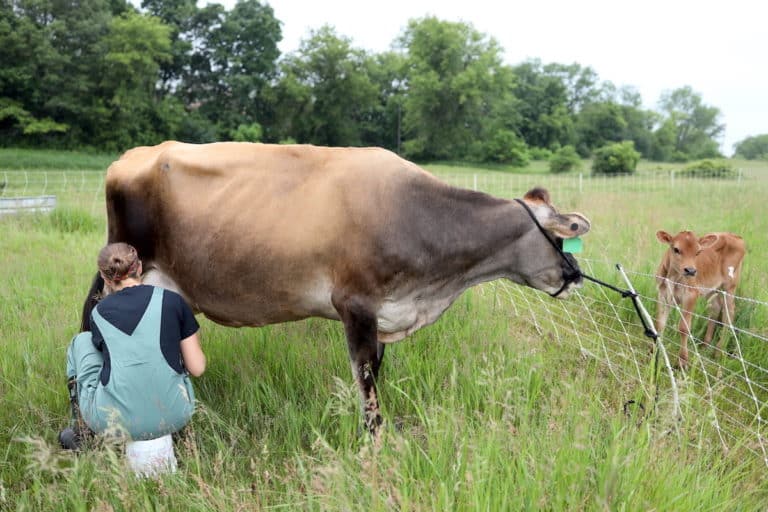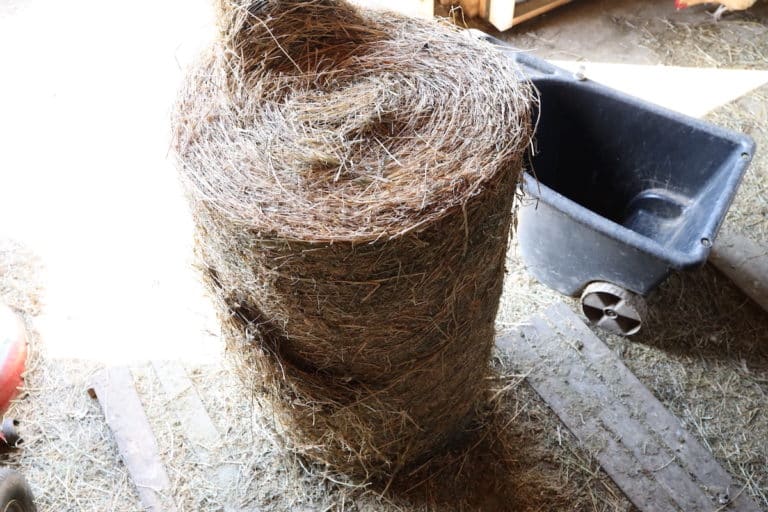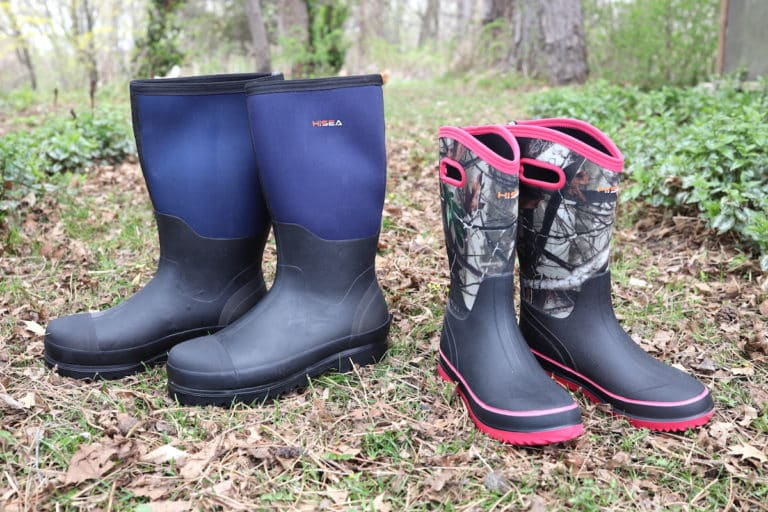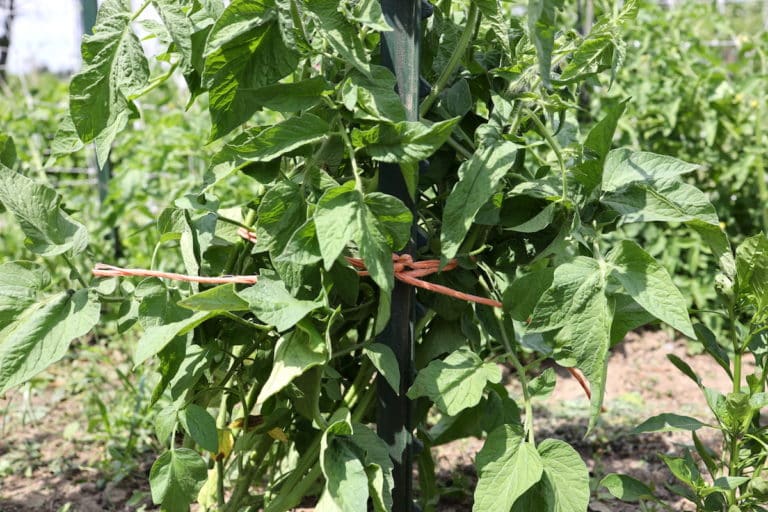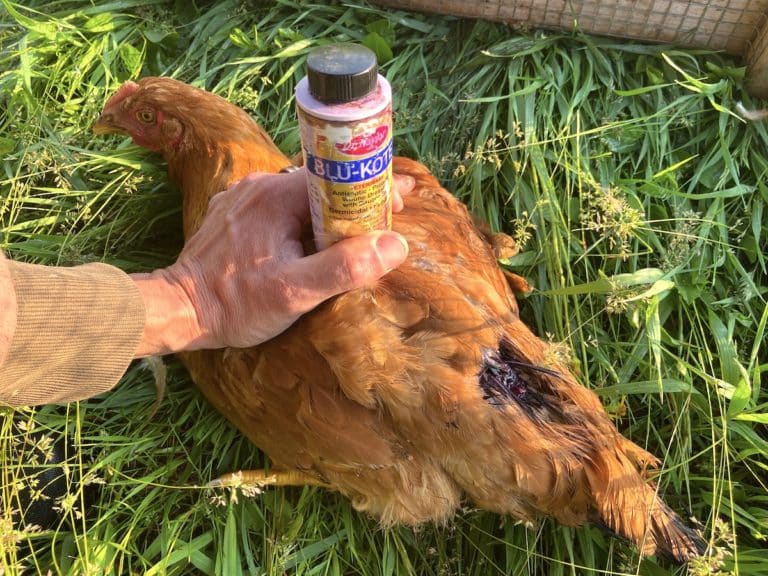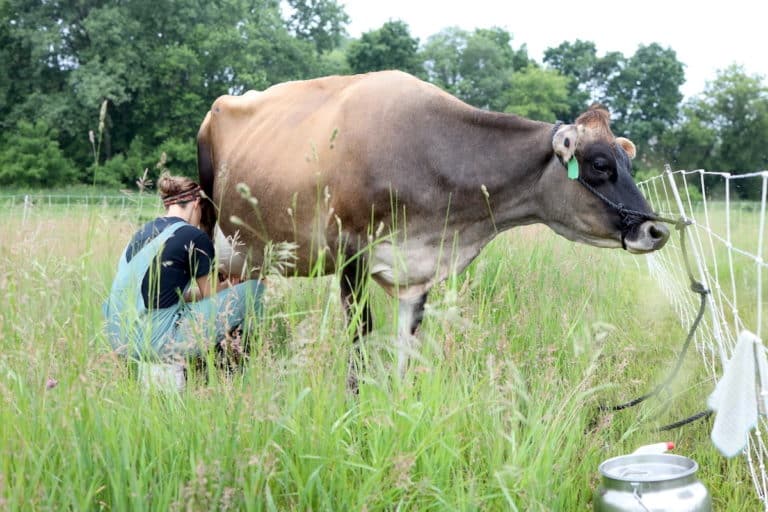Beginners Guide To Homestead Fruit Trees
One of the most exciting ways to sink in your roots at your homestead, farm, backyard is planting fruit trees. If you’re new to fruit trees, here are 5 things you’ll want to consider before planting your orchard.
We Planted Fruit Trees Then Moved!
Our homesteading journey began on a 1/3 acre suburban lot. We maxed that little chunk of the planet out: gardens, chickens, bees, perennials, composting, and then… fruit trees!
We planted eight of them around our yard. Apple. Peach. Pear. All eight trees were unique, heirloom varieties that we hand selected for taste, quality, and use. It was exhilarating breaking ground and pointing those trees straight up toward the sky that early spring day!
The trees took beautifully.

When we listed our house for sale about one year later, saying goodbye to those fruit trees so soon was hard. We still long to taste the intricate flavors of the King David apple or the Red Haven peach.
While we were destined for bigger and better things, parting with those trees left us eager to find a more permanent place we could really sink our roots into. In 2020 we found it and moved to our 5 acre homestead.
One of the things on the top of our agenda – planting homestead fruit trees!!
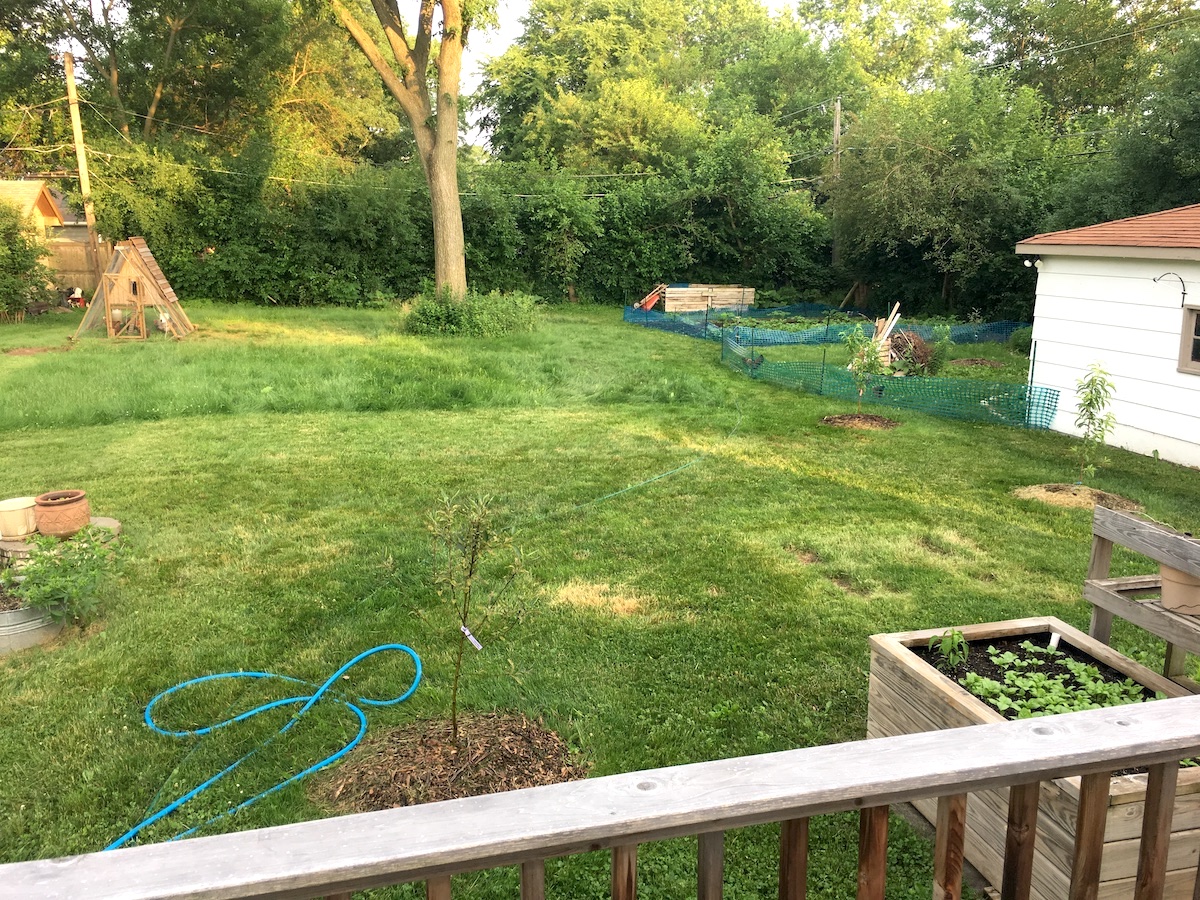
Our 5 Considerations When Planting a Homestead Orchard
Planting fruit trees is an investment. Both in money and time. You want to make sure you have considered some important topics before diving in.
For us, there were 5 important considerations that guided our orchard planning and fruit tree selections on our homestead. Here’s some things to consider if you are thinking about fruit trees on your homestead or farm:
1. Where To Source Your Fruit Trees From
We are frugal homesteaders, but when it came to fruit trees saving money wasn’t a primary concern. Quality matters with trees and we were willing to pay for it. We looked for two things:
1. Root Structure – A tree is only as healthy as its roots. If a tree starts with a strong root structure it will be much more likely to establish itself and thrive. It was important we found a reputable nursery that focused on producing trees with strong root health.

2. Heirloom Tree Varieties – If you’ve only ever had honeycrisp apples and bartlet pears, then you’re missing out on a whole world of unique flavors and qualities. There’s nothing wrong with those varieties and we actually have both in our orchard. Fruit varieties in the grocery store are typically selected for how they hold up in shipping and look on the shelf. But heirloom fruit can often have tastes and traits that are much more intense and diverse. Some would say you’ve never truly had an apple before until you’ve tasted certain heirloom varieties.
Our tree source of choice that meets these criteria is Fedco in Maine. It may seem odd to order trees through the mail, but we’ve ordered from them three times now and been impressed with how healthy looking the trees and roots come right out of the box.
Other nurseries, both locally and across the country, are definitely worth considering too. Finding native varieties to your area can also be worth looking into. In fact, when we wanted to add two paw paw trees to our property, we found a local nursery that carried the paw paw variety native to our state.
One thing to note – if you do order trees from Fedco you’ll want to order them in the fall or early winter. Their trees do tend to sell out. Sign up to receive their amazingly helpful catalog (one of my favorite reads!) and be blown away by a whole world of unique fruit tree varieties that will rock your world!

2. When To Plant Your Fruit Trees
To clarify, we’re not talking about when seasonally – spring or fall – to plant trees. That does matter, but the bigger picture decision is when to plant your orchard in the life of your homestead or farm.
We get it – trees are exciting and the sooner you can get them in the ground the sooner you’ll enjoy their fruit. As the old Chinese proverb goes, “The best time to plant a tree was 20 years ago. The second best time is now.” But you’ll also want to make sure it’s the right decision. As in the case of our suburban home where we planted fruit trees then moved, we’re clearly missing out on the benefits from that investment!
Letting your long-term goals and vision for your homestead property simmer for a bit to take shape is important before investing in an orchard. Trees are a permanent thing after all.
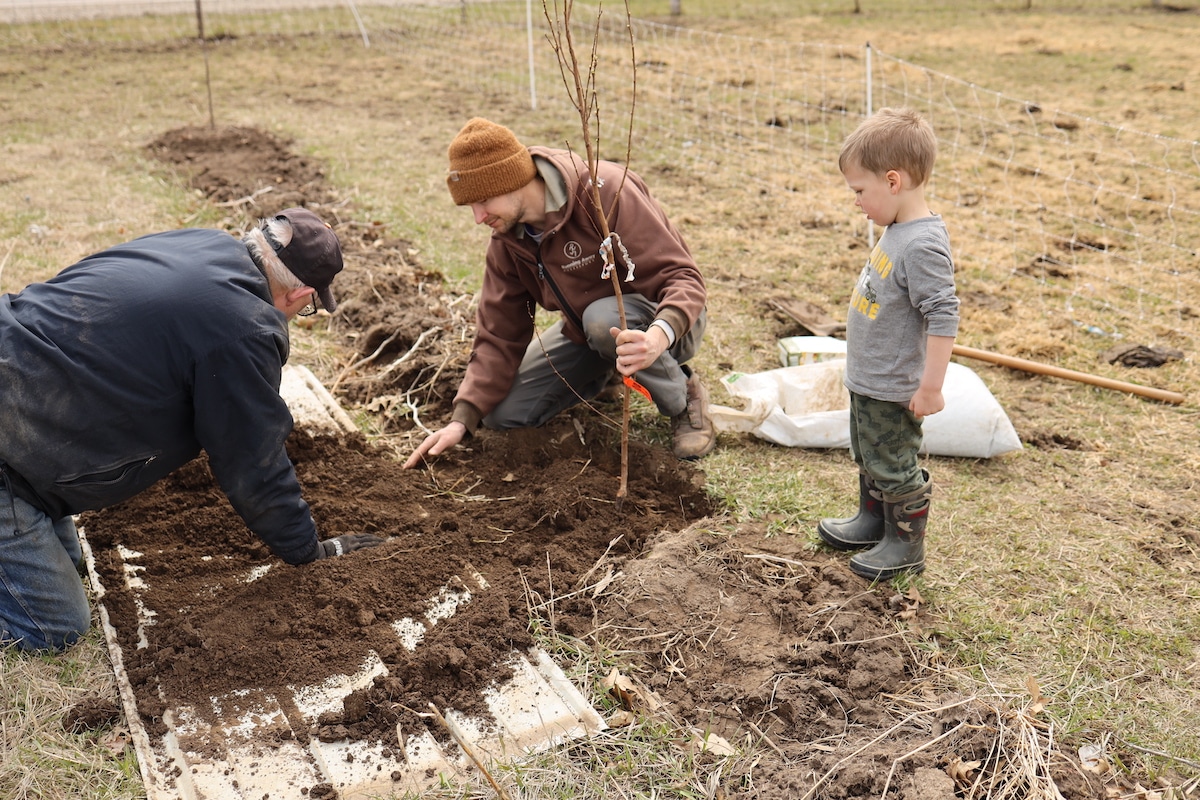
Here are some questions you might consider before planting homestead fruit trees:
- How clear is my long-term homesteading vision?
- How does having an orchard move that vision forward?
- What size of orchard is appropriate for the goals we have?
- Might the land we’re dedicating for an orchard conflict with any future land use plans?
- Might our orchard integrate into other areas of our homestead?
Have some good, honest conversations around these types of questions and you’ll feel so much better about moving forward, or not moving forward, with an orchard on your homestead.
One last thing to note here is that it doesn’t all need to happen at once. Your orchard can be planted in stages. Maybe you just plant one or two trees a year. We have done ours in three separate plantings so far to help make it more affordable and manageable.
3. Where To Plant Your Fruit Trees
Before you make any tree selections, step one is knowing your land. Soil types, water drainage, wind breaks – these all take time to observe. We felt it was important to wait at least one full year and observe our property in relation to all four seasons before establishing an orchard.
Each tree type will have different environmental preferences. Some prefer full sunlight. Others prefer a bit of shade. Some like well drained soils while others thrive in soils that hold more moisture. Some are more susceptible to weather extremes and need good blockage from winds.
You’ll also want to place your orchard in a location where it will not be neglected. Just like a garden, orchards need some monitoring. Pests, diseases, damage from wildlife – all things that could pop up at any moment. When Asian beetles started eating the leaves off our apple trees last year, we were thankful to have found it early enough to remove the beetles by hand each day until the situation was back under control and no trees were lost.

You should also know that trees, and an orchard for that matter, are never a singular thing. They factor into the entire ecosystem of your land. Integrating trees into other systems on your farm can have many benefits. Last year, between our rows of fruit trees, we raised storage crops like squash, potatoes, corn, and beans, and raised around 50 meat chickens on pasture that allowed us to be self-sufficient through the winter.
The bottom line is to know your land. Know the nuances and microclimates that exist. Know your patterns of foot traffic for people and wildlife. And let those conditions speak into where to plant your orchard, and ultimately, what types of fruit trees your land will best support.
4. Types of Fruit Trees
Selecting fruit tree varieties is the most exciting part of planting an orchard! But we don’t have it as consideration #1 for a reason! If you’ve gotten this far and planting an orchard is right for you and your land, then here’s what we recommend you consider when selecting your fruit trees:
1. What grows best in your area?
Fruit trees are diverse. Some are tropical. Some are cold hardy. You’ll need to know your growing zone and do some research on which types of trees grow best in your climate. You’re not going to be growing oranges in a northern climate just like apples may not tolerate the heat of southern climates.
2. What do you like to eat?
This may seem overly simplified, but there is a lot more to consider than just taste.
For instance, some fruit varieties are best suited for pies and baking. Others are really good storage varieties that can keep fresh fruit on hand for you all winter and into the following spring! Some are best for fresh eating. And others might be considered for ciders or juices. Plus, different varieties ripen at different times – summer, fall, and anywhere in between – allowing your orchard to produce consistently throughout the season.

We have 36 fruit trees on our property. Apple, pear, plum, peach, cherry, and paw paw. Most are unique varieties that we selected for pairing well with what’s happening in our kitchen seasonally.
You may also want to consider types of fruit trees that you don’t come across every day. We were very excited when we learned that paw paws are the northern most growing tropical fruit and that they were native to our area in growing zone 5. We’ve never tried one, but they’re described to be a cross between a mango and banana. Yum!
Mulberry trees are also a prolific growing fruit tree. They are delicious and can pair well with animals if you plan to incorporate any silvopasture type grazing into your orchard in the future. Our family milk cow is absolutely obsessed with mulberry leaves! Orchardist, Eliza Greenman, has a great read on why mulberries might very well be the most versatile tree on the planet!
It’s also very interesting to look at what other homesteaders prefer when it comes to fruit tree varieties. This post – The Best Food Producing Trees Favored by Preppers & Homesteaders – highlights many different fruit tree options from different growing zones, along with some nut trees, and why they’re preferred.
5. Type of Rootstock
In addition to the types of trees you select, certain trees are available in different rootstocks. Not all nurseries will offer different rootstocks. But if they do, it’s worth considering what rootstock will best suit your homestead.
The three types of rootstock are Standard (full-sized), Semi-dwarf, and dwarf fruit trees. Standard trees will have your most well-established root structures making them best suited for cold climates. This also makes them the right tree for incorporating animals into your orchard area.
Dwarf trees can be as small as 25% the size of standard sized trees. They grow less aggressively yet typically will fruit sooner than larger rootstocks. A smaller tree means a smaller root structure, which typically makes for a shorter lifespan
Not all nurseries will offer different rootstock varieties. Fedco is one that does. But if you do find different rootstocks, it’s worth considering what size is right for you. The bulk of our fruit trees are standard or semi-dwarf trees. But we do have four dwarf apple trees near our garden that we thought would make a fun, kid-friendly orchard area.

So What Will It Be?
Whether you’re planting just a couple fruit trees, or 36 like we did, we hope these considerations help you land on the perfect orchard to fit your homestead. Yes, there’s a lot to consider, but don’t let it all overwhelm you. Planting fruit trees is so much fun!
Think it through. Find a good source of trees. Select the perfect fruit varieties to compliment your kitchen. And you’ll be enjoying amazing fruit for decades to come!
If you are going after your dream orchard on your homestead, or maybe have already started, we’d love to hear from you in the comments! What considerations resonate with you? What trees are you planting?
Pin it for later!
